Malaysia’s storied capital is teeming with contrast – from its jarring mix of ethnicities, cultures as well as beliefs all adding to its irresistible charm and intrigue.
The early morning call from the muezzin at the nearby Masjid Negara, Malaysia’s national mosque in downtown Kuala Lumpur reverberated in the silence of the dawn. While many were still asleep, to the city’s almost half Muslim population, another new day had just begun.
Peeling myself out of bed on a humid morning in late August, I gazed out of my hotel window where the city’s towering skyline shimmered in bright lights against the gossamers that hung feebly outside the rain-streaked glass panels.
Not far away, a clump of leaves stirred then swirled only to trail behind a passing solitary cab. The streets, wet from last night’s quick rainshower, now quiet and bare except for a few lamp posts and the sad fitful flickering of a fluorescent light from a broken road sign.
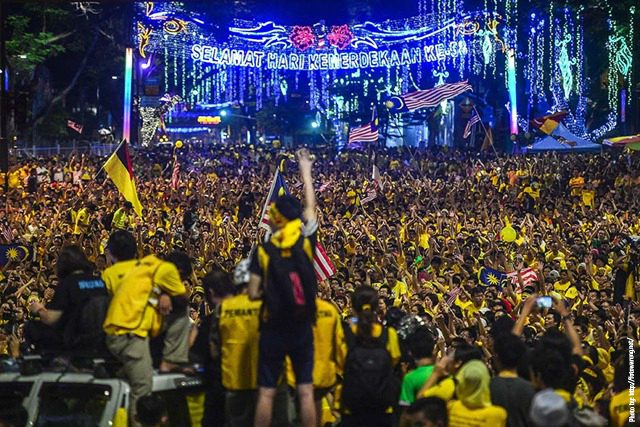 It was only hours ago when thousands of Malaysians from the Bersih 4 movement took possession of the streets not far from where I was staying and demanded for Prime Minister Najib Razak’s resignation and institutional reform.
It was only hours ago when thousands of Malaysians from the Bersih 4 movement took possession of the streets not far from where I was staying and demanded for Prime Minister Najib Razak’s resignation and institutional reform.
Such a scintillating scandal that made international headlines involving a world-wide manhunt when The Wall Street Journal uncovered a whopping $700 million was secretly funneled into the Prime Minister’s personal bank accounts from the state-run strategic development company 1MDB (1Malaysia Development Berhad).
After weeks of peaceful demonstrations and on the eve of Malaysia’s Independence Day celebration, the Bersih 4 rally ended just before the stroke of midnight. As morning broke the next day, the government took back the streets of downtown Kuala Lumpur. A gala parade came to pass in Merdeka square with the country’s Prime Minister leading the ceremony. The country’s flags fluttered emphatically in midair as fighter jets whizzed above Malaysia’s iconic independence landmark.
As an outsider, I was struck at the paradox that unfolded right before me. The events that happened a few hours prior and the ones that came after added to the notion of a fundamental irony.
My recent trip to Malaysia’s capital, Kuala Lumpur or KL, as it is endearingly called by the locals, spoke of two compelling things: the contrast that thrives in a diverse city; and its attempt at cosmopolitanism where history still profoundly dictates the present.
Sitting in the Majestic Hotel’s colonial café that afternoon for tiffin, I mused at the images of happiness projected in the glossy covers of travel magazines silently perching on a shelf.




In the next table, an English family of four with their pinkish arms and legs and flushed faces torched by the tropical heat. A cute couple were gracefully ushered to a corner opposite to old chatty aunties busily taking selfies. Few seats away, trendy youths on casual dates. Waiters in white vests and bow ties served scones and happily poured tea. In the center, an elderly man on a piano playing his repertoire from Elvis Presley’s “Fools Rush In” to Debussy’s “Claire de Lune” and down to the latest Adele hits.
In my quiet moments of contemplation, I wondered how the present scenario would all look to Graham Greene, who came here for a tea one afternoon.
Contrasts are ubiquitous and a fundamental aspect of reality in KL. Take the Majestic Hotel for example. While its art deco lobby pays homage to Fitzgerald’s ‘jazz age’ period, its newly revamped modern wing is a nod to its futuristic vision. So too are the hotel’s historic rooms which have already been seamlessly fitted with the wonders and comforts of technology.
As my jetlag decided to momentarily abandon me the following morning, I hailed a cab and went to poke around Chinatown in Petaling Street. Haggling is a serious business here and can easily be the way of life in this notably hunter’s bargain paradise.
For a long time, this thriving tapioca-producing hub of the city has evolved over the decades from its Chinese triad days and their organized crimes into a bustling mélange of culture and commercialism which we see today. One stumbles upon an array of shops hawking fake Rolexes, Gucci jeans, DVD’s and medicinal herbs as well as dirt-cheap Louis Vuitton imitation handbags.
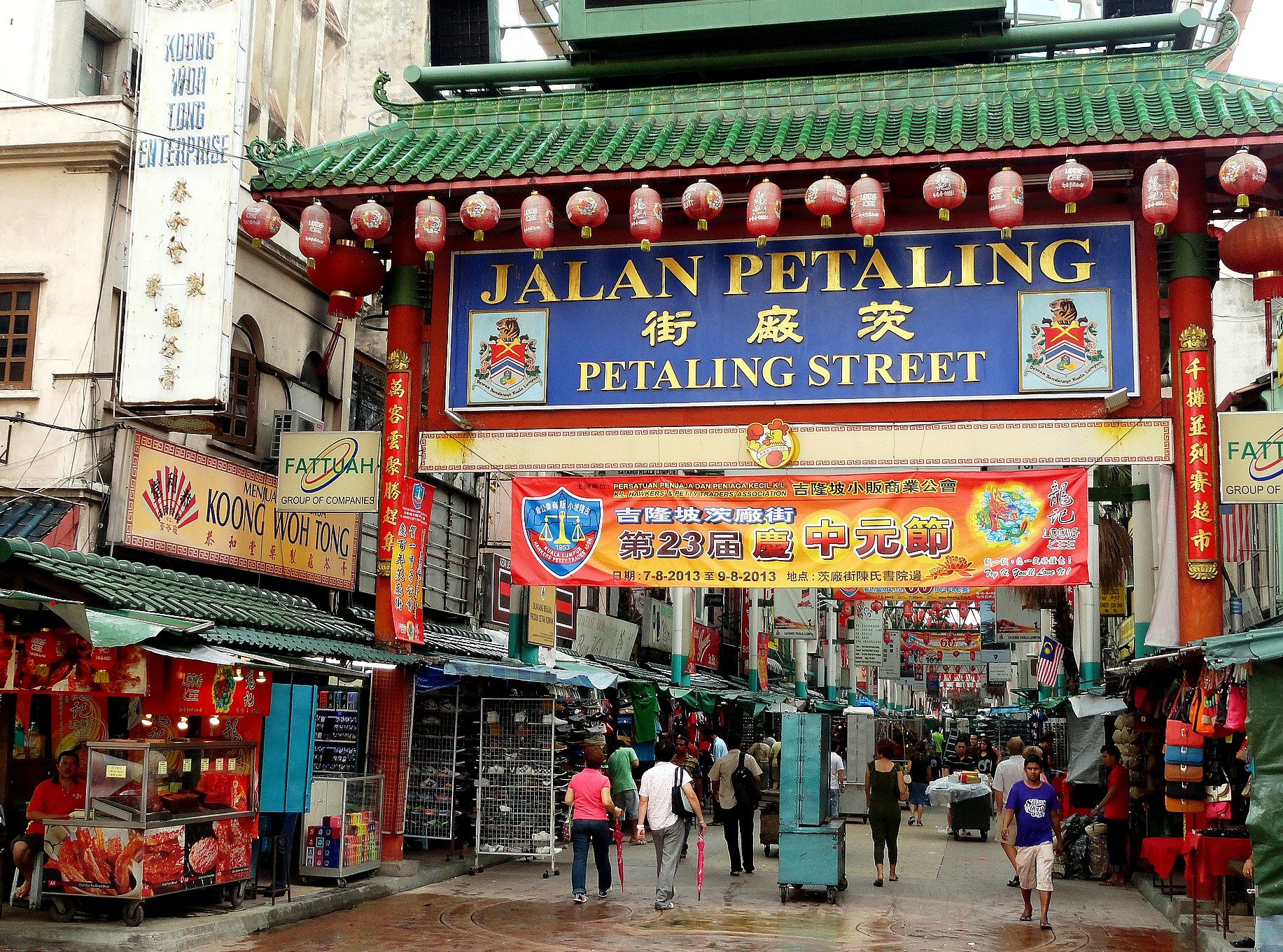

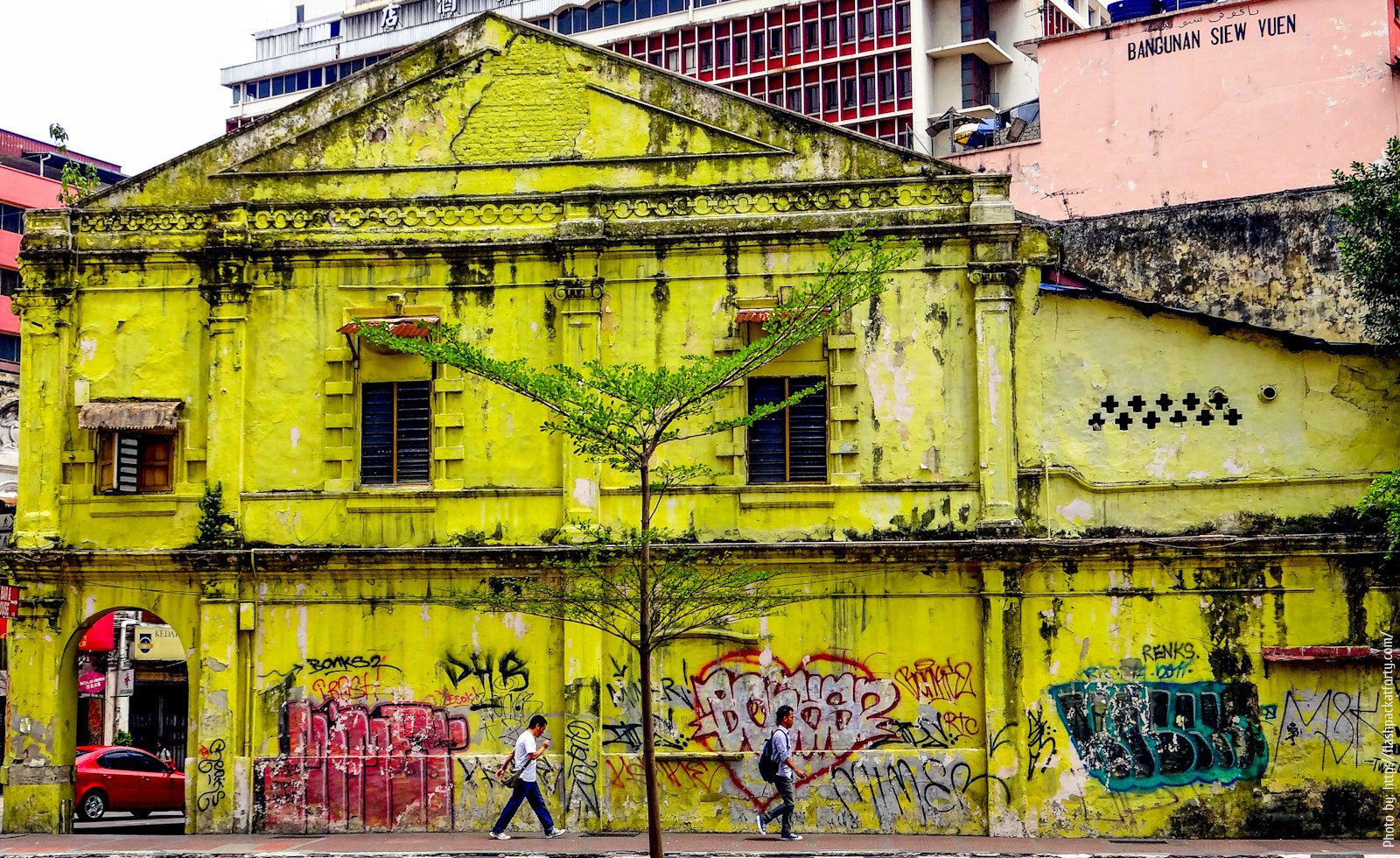

I marveled at the commingling, natural and effortless. A Chinese store owner quibbling with the Indian mechanic, Punjab jewelers beckoning gullible tourists just as Filipina transgirls in skin-tight jeans walk past Malay aunties in their flowing kebayas. A Nepalese bloke wrangled for a price on the latest pair of ‘Chucks’ while his Bangladeshi friend purchased a pair of gray trousers. Whiffs of joss sticks floated in the air and coalesced with the spicy-sweet smell of food from a mamak stall nearby.
I turned into a corner and came across a vista ushering nostalgic glimpses of the past. Pulley lights drooped from the ceilings of small shop houses adorned with feng shui mirrors. Scaly shutters that had withstood several monsoons and dry spells juxtaposed balcony windows thirsty for some fresh paint. My sense of excitement of uncovering something historical proved to be short-lived. Further afield, roads were being widened and fresh concrete were poured to make room for a parking lot.
It seems the city is busy refashioning itself as a modern metropolis and its appetite for mega construction projects has grown enormously. A cornucopia of old shop houses were torn down to build new shopping malls that speak less of the identity of their original structures.
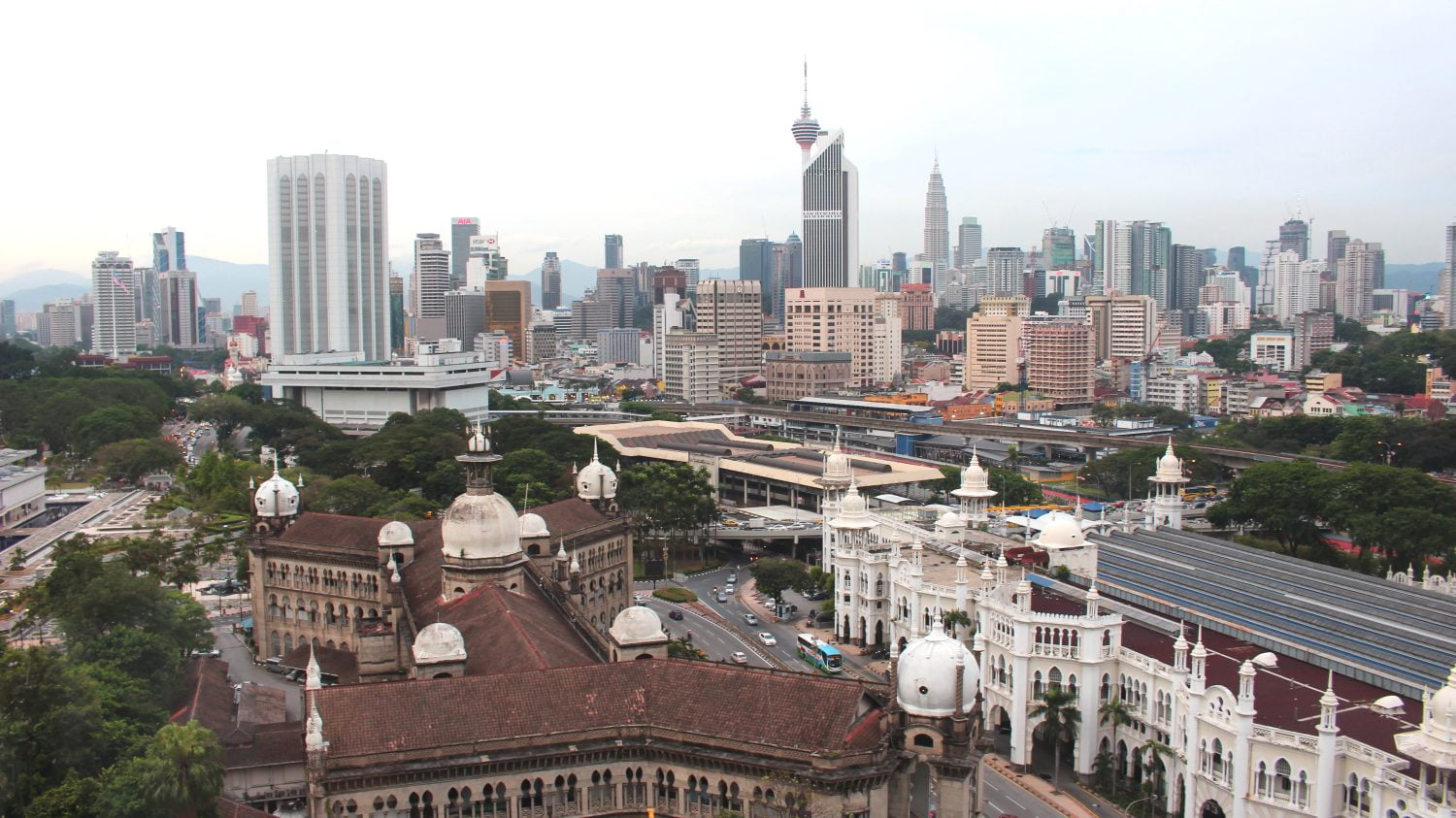

I made a beeline to Kampong Bharu, a Malay village thriving in the margins, dwarfed by the city’s skyscrapers and elevated highways. Much of any city’s charm, if I may say, lies in its unpretentious nature as well as the spirit of its people building a community.
For any visitor who is in pursuit of the unfiltered image of Kuala Lumpur, away from the grip of capitalism, this is the place to begin.
Quaint houses topped with corrugated roofs and small gardens brimming with banana trees and frangipani remind you of an unhurried existence, an antithesis to what the city had become. Every so often, giggles would escape from the windows, sweet and infectious in the same way Malay folk love songs would be heard from the neighboring houses I walked past.
I was munching on some karipap, a fried turnover pastry filled with curry chicken and potatoes I bought from a roadside food cart and while venturing deeper into the enclave, a scrawny mongrel pursued me and growled unpleasantly. By the time we reached the next block, it started barking that I had to throw my half-eaten karipap to pacify the poor pooch. I thought I may have overstayed my welcome and tottered to the nearest exit while clutching dearly onto my bag of rainbow-icing gem biscuits.
On the horizon, I spotted the usual afternoon rain cloud beginning to gather pace. I made an unavoidable stop to Merdeka Square, the place where Malaysian Independence was declared in 1957. The same spot where the recent independence day celebration took place and a few roads down from here, were the same streets that the Bersih 4 rally once occupied.
In front of me were colonial shadows left by the British after ruling over Malaya, the Sultan Abdul Samad Building standing next to the Royal Selangor Club and just across the street was St. Mary’s Cathedral. From the distance, I could perfectly see the space-age looking TV tower rising above them. It was a sort of Dr. Who scene taking place in a Downton Abbey soap opera. I sat on the grass and lingered for a little while, thankful for the cumulus clouds and the cool shade they bestowed upon me. I thought of heading to Brickfields, the city’s little version of India but my jetlag crept back in duplicitously. Just as I stood ready to head to my hotel, a prayer broke from the nearby mosque.


For a brief moment, I was jolted by some visceral force. I thought about those who celebrated Independence Day and those who cheered ‘Merdeka’ (independence) in their bright yellow shirts whose angry shouts dissipated into a heartfelt chorus of the country’s national anthem. Somehow, it reminded me of what Tariq Ramadan, a Swiss philosopher and writer once said, “Malaysia is a country unlike any other: full of promise and fragility. Its history, cultural and religious diversity make it a rich, compelling and surprising land.”
I found myself traversing the hazy line between the gleaming futuristic buildings and the old world, the evolving skyline and the enduring landscape. Between the gaudy malls and its western coffee shops and the mamaks and their teh-tariks.
In today’s Malaysia, there exists a contrast between the embattled tradition and the exultant modernity of another generation. Two opposing forces, the Yin and the Yang. Constantly pulling, tugging and oftentimes splitting into opposite directions yet share a unified goal, to stay cohesive. Perhaps, it’s the kind of difference that somehow keeps Malaysia, the heart of the new Asia, together.
BUTTER MY BAGUETTE
This website made of love strives to produce FREE CONTENT.
Help me tell more stories and keep this website free of any advertisement by supporting Flying Baguette in inspiring more people and connecting you with other cultures and communities around the globe. Donate a little or as much as you can afford to keep the magic of Flying Baguette going for years to come. Share your support through the icons below ⬇️
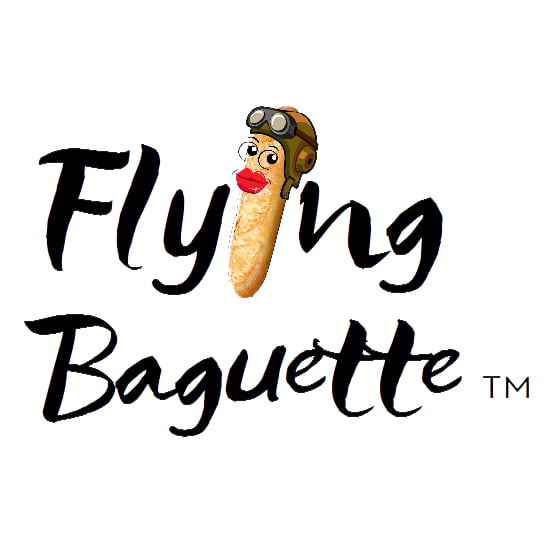

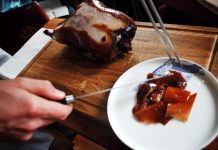

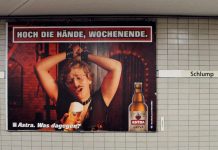
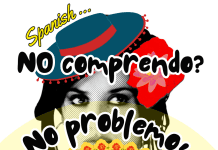
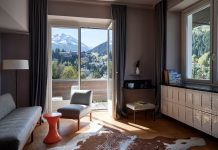
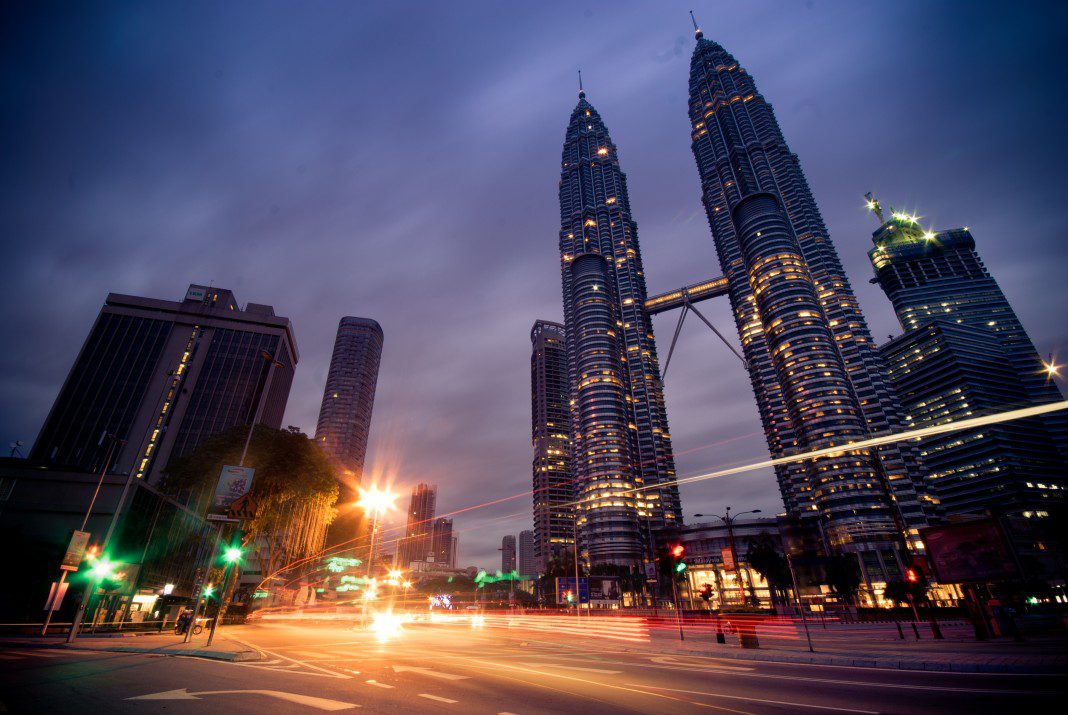

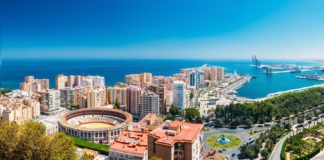
We have only been to KL for a few hours on a layover and didn’t manage to leave the airport (so it really doesn’t count as a visit) – but we do regret not venturing out and getting even a glimpse of such an enticing city. You have described perfectly the contrast between the old and the modern, the cosmopolitan and the unpretentious – a glorious mixture just begging to be explored. We would particularly like to see Kampong Bharu, a community almost hidden by the infrastructure around it. Thank you for your introduction to a city that I know we would find to be utterly fascinating and beguiling.
Unfortunately, I haven’t had the chance to explore the region much yet.
I’m fascinated by the fusion of ancient and modern, which we find in Asia like in few other places in the world.
The cultural mix that results from the influences of both neighboring countries and former colonizers must be incredible to feel and experience.
Wow, the Majestic Hotel is stunning. I haven’t been to Kuala Lumpur and honestly, it wasn’t really on my radar, but you’ve painted quite an impressive picture here. I love that it is an eclectic mixture of cultures all getting along. The city skyline looks like quite a mixture of skyscrapers and older style architecture – quite beautiful.
I have not been to KL (yet) but would be intrigued. I’ve read about it on a couple of travel blogs and it feels like I would enjoy it more, than Singapore. The Majestic Hotel is just sheer epic and a place I would love to stay at. Your photography in this post is stunning, I particularly like the skyline and the one with the yellow house reflecting local life in KL.
Carolin | Solo Travel Story
I enjoyed wandering KL with you and felt like I was right in the thick of things as I read your descriptions.
The juxtaposition between the traditional and very modern city creates a unique atmosphere that I’m eager to explore. I am hoping to visit a dear friend in KL soon and will insist he meets me for tea at the Majestic!
Lyn | http://www.ramblynjazz.com
I very thought provoking post on the delights of KL.
My only experience of the Majestic Hotel was arriving there hot and sweaty in shorts, t-shirt and trainers, after a long exploratory walk through the city and wondering if they would let me in dressed that way. They did and I enjoy a pot of coffee served in a china pot and cups and saucers, The banoffee cake I chose was delicious. I was surrounded by well- dressed clientele and waiters in formal uniforms but all treated me very curtiously.
KL surprised me in many ways and I often think of it as a second Singapore for this part of the world.
Great read. I have to admit I initially in my head pronounced #instachaos like #pistachios though… 😅
Thank you so much or as Malaysians would say it, “terima kasih”. It’s a country I keep coming back to and one that is close to my heart. Pistachios and instachaos are like two people wearing almost the same clothes and mixing up letters as accessories 😉 It would be fascinating to see how the present day Malaysia unravels itself to become a nation it wants to be in the future.